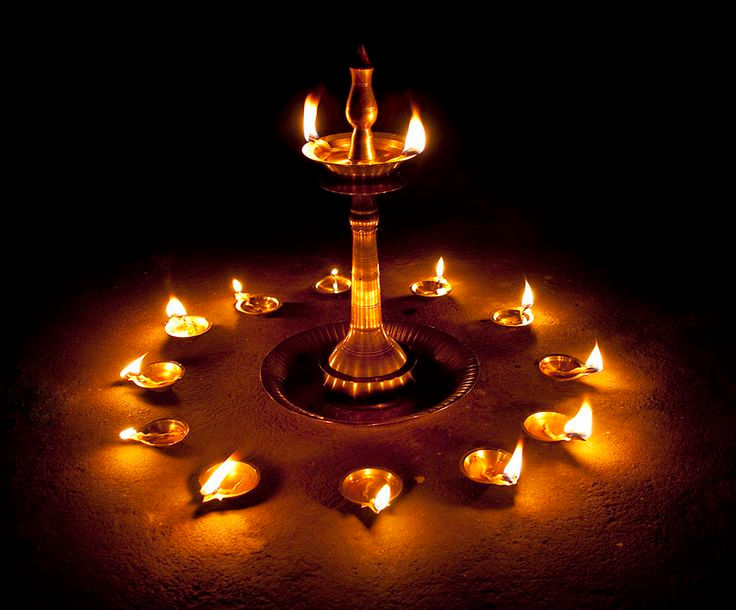Symbolism: Guru Poornima
- Sidharth Kaw
- Jul 13, 2020
- 2 min read
Updated: Jul 2, 2023

Guru Poornima is a day dedicated to honor the Guru. Depending on what tradition of Dharma you follow, this day is also marked by several legends. The festival is celebrated on the full moon (poornima) during the bright lunar fortnight (shukla paksha) of the month of Ashada. However, apart from the obeisance, stories and date, is a far more significant symbolism tied directly to Sanatana Dharma.
According to Hindu tradition, this is the day that Krishna-Dwaipayana Vyasa was born to Sage Parashara and Satyavati. Better known as Veda Vyasa, he was the author of the Mahabharata and compiled the the Veda into four (Raja, Yajur, Sama Atharva). He is also attributed as the author of the 18 major Puranas, Yoga Bashya (commentary on Patanjali's Yoga Sutras), and in some quarters, is believed to be the same as Badarayana, author of the Brahma Sutras.
For adherents of yoga, Guru Poornima represents the day that Shiva became the first Guru, in the form of Dakshināmūrti. He appeared in the Himalayas and attracted the attention of many people. Over time, only seven men remained, awed by Shiva and asking how they could experience the same ecstasy they witnessed in him. After first refusing them, Shiva gave a simple instruction for preparation, which was not rewarded for another 84 years. Finally, at the onset of Dakshinayana (6 months between Summer and Winter solstice), Shiva looked upon these seven, and on the next Poornima, facing South, expounded the meaning of life. Thus, Shiva became the Adi Yogi and these seven individuals, the saptarishi. The significance of Guru Poornima also stretches into the nastika (unorthodox) schools, such as Buddhism and Jainism. Symbolic of all of the above, is our tradition of guru-shishya (teacher-disciple) parampara (tradition). In simple terms, our great Hindu religion (practiced through the philosophy, culture, and spiritual practice) has traditionally carried on from generation to generation by the teachings of guru to their shishya. This is true of every type of tradition, regardless of regional influence and school. The recognition of this lineage is the awareness that without it, there would be a lack of knowledge.
To this point, it is worth noting verse 16 of Advayataraka Upanishad:
गुशब्दस्त्वन्धकारः स्यात् रुशब्दस्तन्निरोधकः। guśabdastvandhakāraḥ syāt ruśabdastannirodhakaḥ | अन्धकारनिरोधित्वात् गुरुरित्यभिधीयते॥ १६॥ andhakāranirodhitvāt gururityabhidhīyate || 16||
The syllable Gu indicates darkness, the syllable Ru means its dispeller,
Because of the quality of dispelling darkness, the Guru is thus termed.
Thus, the next time you bow down at the feet of any Guru, be it an individual, book or the Lord, remember that you are expressing your gratitude at the foundation of knowledge. Ultimately, we all are on a journey to awaken and realize the true Guru within us.




